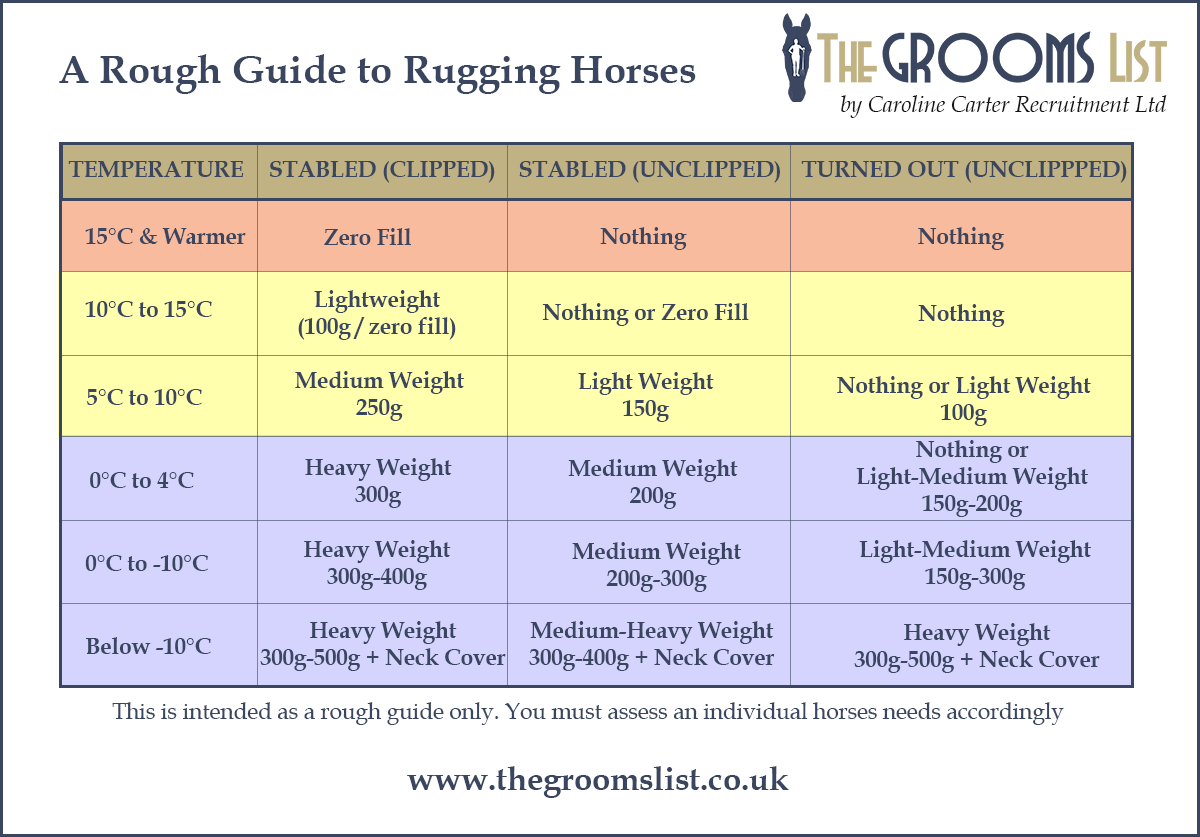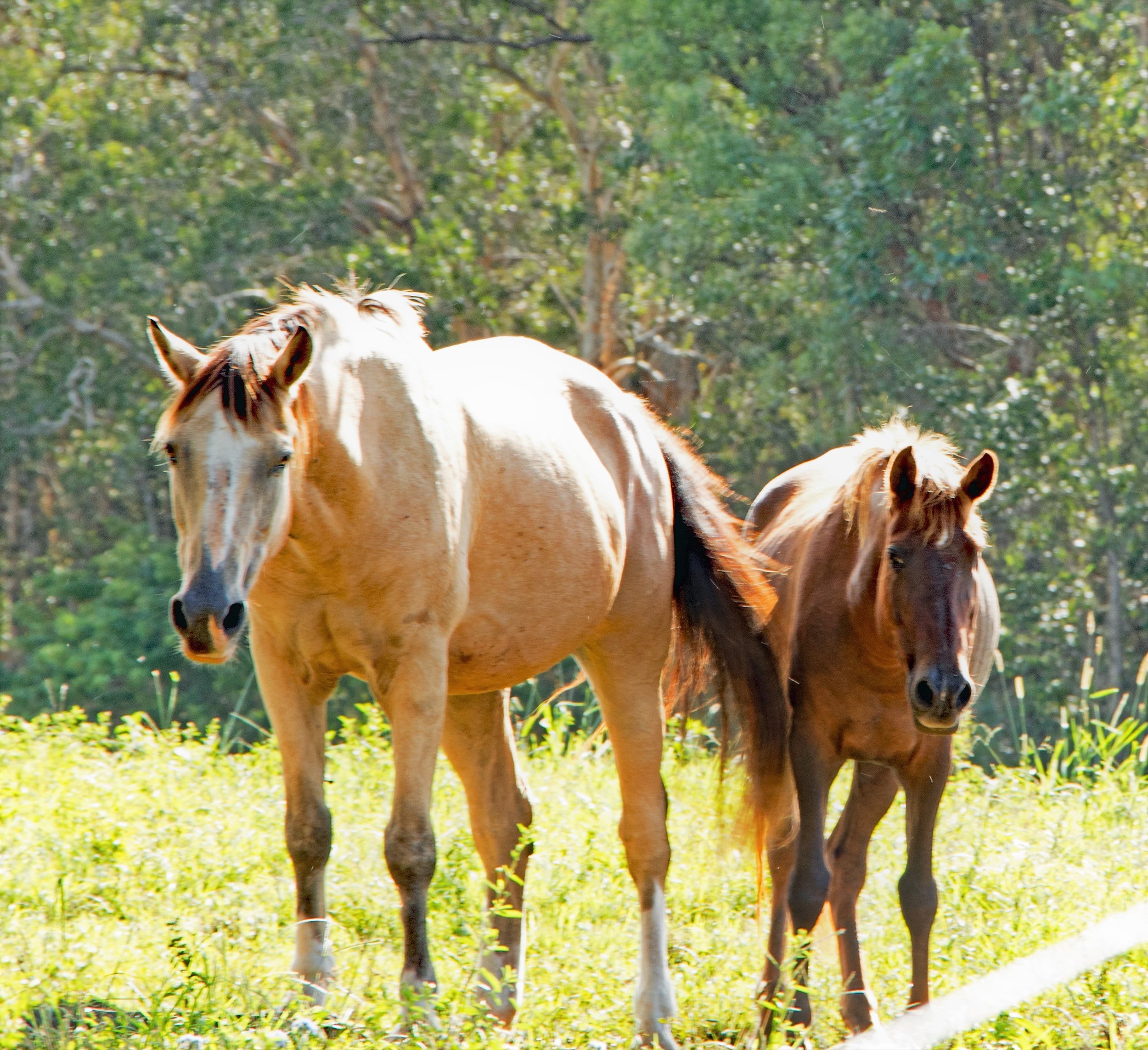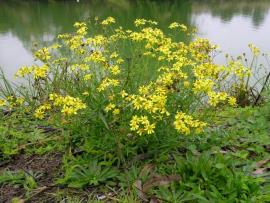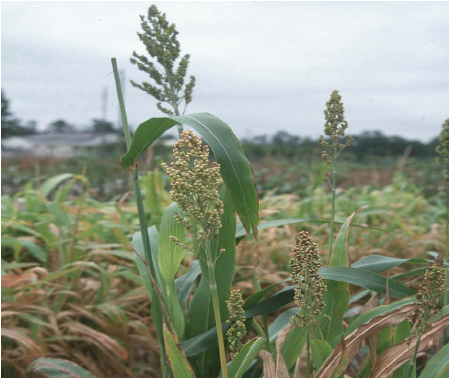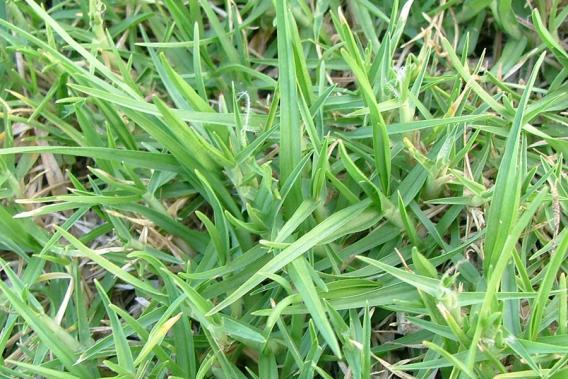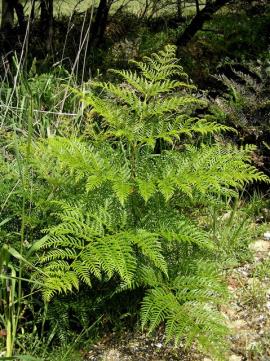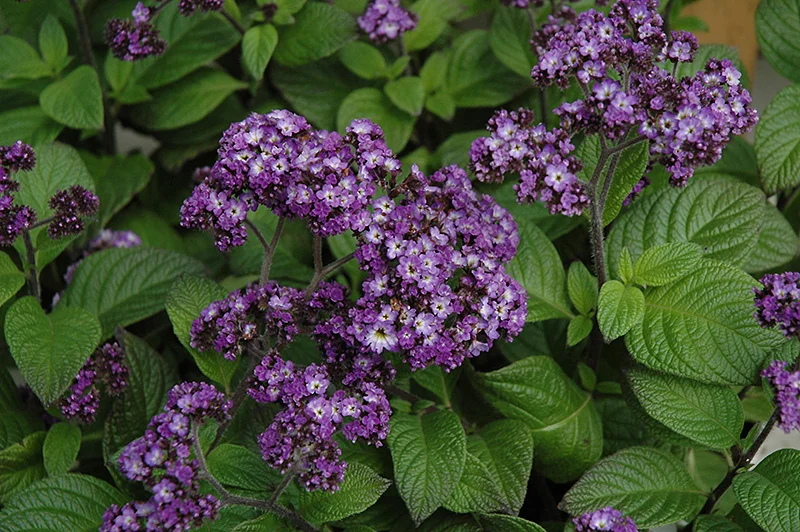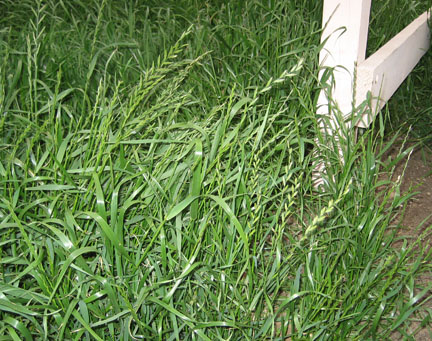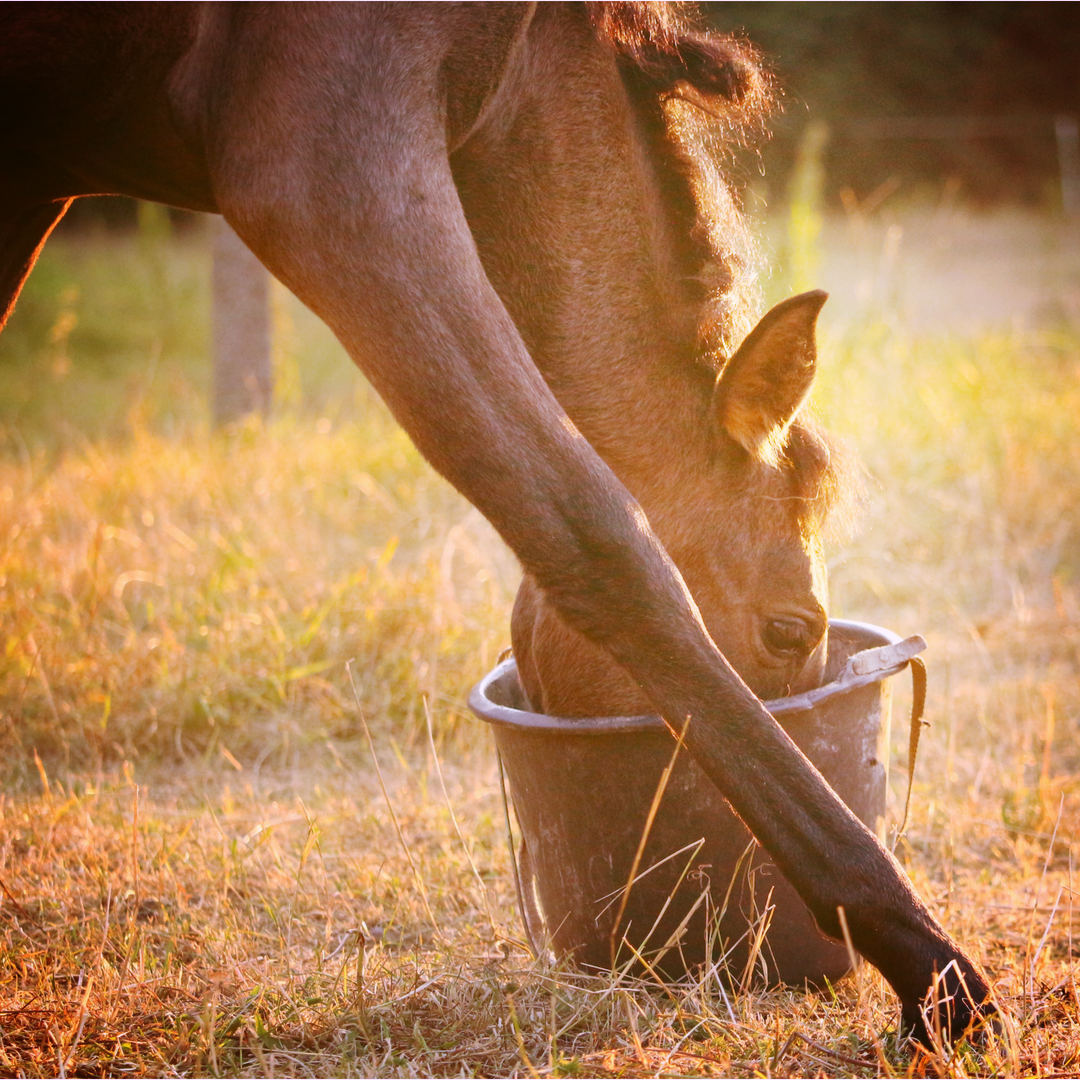Horse Care & The Impact On Training
Do you know how much your horses lifestyle impacts on their training?
Have you ever considered that how your horse lives has an impact in their ability to learn?
A horse’s living conditions can ultimately play a huge role on their trainability. The mental and emotional health which largely is the result of feeling safe, having needs met and having social engagement affects how well they can learn and their willingness.
1. Being in a confined space for extended periods of time
Horses are meant to be in open space and spend the day grazing along with some time resting. When they are confined and you only let them out to be worked, getting into that open space can make it harder for them to focus and work.
2. Routine
Where horses have been malnourished in the past, or even when they simply don’t have the option to graze, they can be stressed about when and where they’re next feed is. This stress has a flow-on effect to their training. Having a consistent routine for your horse helps to keep them more relaxed as they know what to expect and when.
3. Social engagement
Horses are a herd animal and also a prey animal. When they live solo it is hard for them to feel safe enough and relax properly. This alertness with lack of rest over a long period of time is damaging on the nervous system. It can make the horses irritable, lack focus, spook at everything or even incredibly lethargic.
4. Adequate roughage
Getting the right feed for your horse is a crucial part to having your horse in a good training brain. Some feeds can make your horse hot and anxious, give your horse a bloated upset belly or make them lethargic. Adequate roughage is important to keeping your horses’ digestive tract healthy and the horse full, relaxed and healthy.
5. Shelter
Horses love a good resting place for their midday nap. Providing an area for rolling, resting, getting out of the sun or weather is important to their daily routine and overall health.
Snug as a Bug in a Rug - 13 Tips for Rugging Your Horse
Questions about managing your horses’ rugging regime?
It’s starting to get a little chilly in Australia.
Yes, it actually reached below 10 degrees celcius in Queensland - time to pull out the thermals!
But what about your horse?
Here are a few tips to help you manage your rugging.
Your rugs should be chosen for seasonality first, fit and comfort second, then finally price and looks.
You will likely need more than one type of rug per horse, and possibly even two that offer the same level of protection (in case one is torn or needs washing).
This handy guide (sourced from thegroomslist.co.uk) may help as a guide for your selection but is a guide only.
sourced: thegroomslist.co.uk
Keep an eye on the weather app to help make your mind up about which rugs should be used when. Also handy to have a thermometer outside of the stables or tack shed to assess the ambient temperature locally.
Each horse will need a different level of rugging depending on the season, activity, age, body condition and living arrangements (stabling, clipping etc), so don’t assume that because your neighbours horse has 3 layers, so should yours.
Don’t go throwing on the heaviest rug you can find as soon as it starts to turn cold (unless it is a freaky frozen snap) – your horse will probably be too hot to start and then have nothing to upgrade to when it gets colder.
Don’t assume your horse is hot just because you are – did they just spend the last 30 minutes getting sweaty mucking out their yard?
To assess if your horse is too hot, put your hand inside the neck of the rug and feel just behind the wither. If it is wet, your horse is too hot. Do not go by the warmth of their legs or ears.
To assess if your horse is too cold, put your hand inside the neck of the rug and feel just behind the wither. If it is a bit chilly, your horse could possibly use another layer. Also look for hair standing up – just like us when we get goosebumps.
An underconditioned horse (too skinny, or lost muscle mass) is going to need more carefully controlled temperature with their rugging to avoid expending excess energy attempting to keep warm.
Rugs, like our blanket, will need regular maintenance and replacement. Imagine if you ran around with your doona wrapped around you for 24 hours a day, 7 days a week, 3 months of the year. It will soon lose its fill and comfort.
sourced: http://www.ekonomikmobilyacarsisi.com/rugs/how-to-measure-a-horse-for-a-rug/
To estimate your horses rug size, you can measure from the centre of the chest, around the outside of the widest part of the shoulder, to the buttocks in a line parallel with the ground (see diagram).
A correctly fitted rug should sit above the shoulders on the neck, with the tail flap located at the tail base, the chest buckles on the first or second hole, the leg buckles loose enough not to chafe but not too loose to swing, and the surcingle buckling with a hands width to the belly.
To Clip Or Not To Clip?
That is the question… so what are the pros & cons?
As winter (in the southern hemisphere, anyway) approaches, many of our horses are becoming fluffier and hairier, and to thus we pose the following question: should we clip them?
There are many advantages and disadvantages to consider, so we have listed them below to help you decide!
PRO - CLIPPING
Easier grooming
Outside of the clip itself, general grooming becomes a lot less difficult and can be a time saver at tacking up. Saving time becomes even more important when our sunlight is restricted, so why not?
Less hair in the washing machine
Have you ever had that time when you forgot to rinse the washing machine after doing a load of saddle blankets or rugs? Your clothes wore more hair than your horse did, I’m betting. So for those of us who don’t have the luxury of a horse-only washing machine, or even those of us that do, it will reduce the cleaning required and general wear-and-tear on your machine.
It is possible your horse may itch less
I have had many experiences with dogs that constantly itch without having an underlying skin condition. It blew my mind that simply by regularly clipping them, they significantly reduced in itchiness!
While there is no science backing this, and while I haven’t seen it in practice on an itchy horse, could it work? Possibly. Before you reach for the clippers though, be sure you have ruled out underlying health conditions, as some of these may be contagious and you could spread it to other horses via the clippers!
There are a variety of clip styles to try
Depending on your discipline or personal inclination, there are a variety of clips you could try - potentially a different one for each year! There are some clipper artists that take a unique approach and use the horse as a canvas for their design… I’ll let you form your own opinion on that though.
Con - Clipping
You will need to rug more
Not only will you need to rug more, you need to be prepared to change their rugs more consistently - especially in climates like Queensland (Australia), where winter consists of evenings around 5 degrees Celsius and days in the mid twenties.
You may need to hire a professional
Some people either lack the confidence, skill or knowledge to clip. So if you don’t want your horse looking like you dragged them through the hedge backwards, you may have to consider hiring a professional to do the job for you - several times throughout the season.
Your horse may not like the clippers
Some horses are terrified of the sound or vibration of the clippers. It takes a very confident and well trained horse (hey - check out our Training Trainability course that you can apply the principles of to this very situation!), or you may have to opt to sedate your horse.
Not only can sedation have side effects (including becoming overly excitable, anaphylaxis, or collapse), it is an additional cost to consider as it should ONLY EVER be administered by a veterinarian (mostly, for the above mentioned reasons).
Older horses need the additional warmth
Older horses, particularly if they experience joint pain, or have muscle wastage, have less capability of self-regulating their warmth, and therefore need additional warmth from their own coat, without the added layers and weights of multiple rugs. If you do have to clip your older horse, ensure they stay warm and comfortable by considering lighter weight but warmer rug options and regularly checking how they are responding to the level of warmth applied.
So there you have it - the pros and cons of clipping your horse. What are you doing this winter?
Whacky Adventures of the Clutzy Horse
Do you have a horse that is constantly getting injured?
Have you ever had that horse that seems to always get some form of injury FOR NO APPARENT REASON AT ALL?
Imagine my angst to start 2019 with exactly that - a horse, previously without concerns, suddenly getting into all sorts of mischief!
It all started with his very first hoof abscess (that we know of, anyway).
He ate his morning feed perfectly fine, and had a very minor tenderness to the way he walked out into the paddock - a walk that looked much more like a hesitation for extra treats than any actual pain. One and a half hours later, as I collect him from the paddock for our weekly riding lesson, you think his hoof would have fallen off by the limp! (Cue for all horse owners to go -yep, tell tale abscess there!).
Poor blighter had never been with us for any kind of injury and turns out his is the biggest sook! Turns out, I’m also a big softy. Custard received the biggest spoiling and extra treats & hay (good tip to improve your bond through a crisis is to take the chance to emotionally support their needs as well as medically support them!).
Abscess passed as they do, and it is now 2 weeks later and time for our next lesson. Would you believe me if I were to tell you that the exact same thing happened again? Ate breakfast, left fine, collect from the paddock with a massive limp, got lots of spoiling, treats and hay.
It’s at this point I’m wondering if I am just that unlucky or am being outsmarted by a cunning ploy cooked up in the paddock for extra treats. I’ll let you decide.
Abscess passed yet again. A certain Custard is looking very impressed with himself. That is, until he comes in one Saturday morning (yes, just before our lesson) with a piece of stick jammed almost 3cm into his knee!
Obviously, all that money saved from the lack of lessons went straight into an emergency veterinary bill. Flushing, stitching, antibiotics, pain relief, and a massive restocking of the first aid kit due to all the bandaging in the first week!
The ultimate first aid kit checklist for your horse
Click here to accessBright side is that the stick didn’t actually penetrate the joint capsule. Not sure what stroke of luck that was but I’ll take it!
Thankfully, one month later Custard is well on his way to recovery although still can’t be ridden. And I’m still trying to figure out if I’m just mildly unlucky or if Custard has outsmarted me.
You decide! Comment below if you think Sarah is being conned by her pony, or tell us about your own clutzy horse stories!
From Abandoned To Forever Home: Story Of A Rescue Horse
How patience and love can impact more than one life
Custard and his beautiful paddock mate
Sometimes I have to wonder on the life of horses.
So many of our horses have unknown histories, suffering anything from a simple lack of love to cruelty beyond imagining. Sometimes this is intentional (#$%@) and sometimes, not so much.
I wanted to take the chance to share with you the story of my boy, Custard.
Custard, who at this stage was a more mature horse (around 17 or 18 years) had been agisted in a friends paddock for many years before he became mine. Very little was known of his history apart from that he was a trail riding horse. As can happen, when he was no longer needed by his former owners, he was offered up for sale, but through no fault of his own, would end up returning to them again.
It was the final straw for my friend when he was offered up as a ‘free to good home’ horse.
“You know what happens to those horses,” she said to me, “I can’t bear to see that happen to him.”
And so Custard became a part of her herd. That single statement changed his life.
Firstly, he started to thrive on an established routine, which included regular feeding, treats and bonding with a paddock mate. However, he still remained ‘distant’ from human interaction - he would accept interaction that he had to endure but would quickly and quietly move on once completed.
Just over a year ago, this same friend allowed me the opportunity to start working with Custard. Boy, did we have a lot to work on, and a lot to work with.
It’s taken a lot of effort and a fair amount of time, but Custard has progressed from a timid, stressed horse that was disinterested in people, struggling with a lack of confidence when he was separated from his paddock mate, to becoming a loving, affectionate and confident horse that tries to help his rider out - even when she isn’t performing at her best.
It took giving him a voice, establishing a bond and a lot of love and attention (plus a fair number of treats and massages) for me to get that very first welcome whinny that makes it all worth the effort. He has become my peace and I have become his human. Custard has his forever home.
Do you have a rescue story? Share it in the comments below!
18 Plants Toxic to Horses
Do you know what could kill your horse?
Do you know what plants are growing in your paddock?
Do you know which ones could potentially kill your horse?
There are many poisonous weeds in Australia (and around the world) that are responsible for serious illness and death in horses. Thankfully, these plants are generally not eaten by our equine friends, but in paddocks that are overgrazed, or in drought periods, when feed is low and poor, the likelihood of ingestion of these plants becomes higher.
It is therefore imperative, as horse owners, to be able to identify, control, and remove these weeds, as well as identify the signs of toxicity from ingestion.
Common symptoms of plant toxicity include:
Reduced appetite
Depression
Weakness and lethargy
Nervous symptoms
Colic or diarrhoea
Increased heart rate and breathing rate
Muscle tremors
Staggering or lack of coordination
Head jerking
Blindness
Jaundice
Death
If you suspect your horse has ingested toxic plant materials, contact your veterinarian immediately.
Below are images of the 18 common plants in Australia that cause toxicity in horses. You can get more information and a full guide at www.rirdc.gov.au
Bathurst Burr
Fireweed
Grain Sorghum
Kikuyu
Oleander
Ragwort
Bracken Weed
Flatweed
Heliotrope
Lupins
Paspalum
Perennial Ryegrass
Couch grass
Dandelion
Johnson Grass
Noogoora Burr
Paterson’s Curse
St Barnaby’s Thistle
Feeding Your Horse (Part 3) - Nutrients
When nutrients are delivered in excess or deficiencies, problems can arise. How much is right for your horse?
So far, we have run over calculating your horse’s energy requirements, and how to feed your horse. Today we will examine the actual benefit and use of their nutrients.
This guide will be exceptionally useful if you find your horse experiences regular issues such as laminitis, dry skin or low immunity.
Macronutrients (Carbohydrates, Fats, Protein)
Macronutrients provide the bulk of our horse’s energy or calorie intake. They also serve an important function in the overall way their bodies work.
Carbohydrates (sugar, starch and dietary fibre)
Carbohydrates form the bulk of feed for horses and comprise of 2 main categories – simple carbohydrates and complex carbohydrates. Sugars and simple carbohydrates and starch and dietary fibre fall under the category of complex carbs.
Starches and simple sugars are found most commonly in grains and concentrated feed. Excessive levels of these can contribute to blood sugar fluctuations and potentially contribute to conditions such as laminitis, cushings disease and tying up. Starches and simple sugars are easily digested absorbed by the small intestine. Starches require a particular enzyme to be broken down into simple sugars before they can be absorbed, and thus can become overloaded when a large quantity of concentrated feed is eaten, making it important to provide these in a limited quantity per feeding (see Part 2 for more information)
Dietary fibre or ‘roughage’ is exceptionally important for horses. Their gastro-intestinal tract, which actually is similar to humans in make-up, has evolved over several millennia to be able to ferment and digest the maximum quantity of nutrition out of dietary fibre. The ceacum(the equivalent to the now redundant human appendix) is responsible for housing the bacteria and protozoa that helps ferment and break down fibre for use within the body. The intestinal tract of the horse is also quite long, allowing a slower transit of food for maximum nutrient absorption.
The Glycemic Index (GI) is a description of how much a feed increases blood glucose level. Foods with a high GI increase blood sugar quickly. Foods with a low GI still affect blood sugar levels, but not as much or as fast.
Physical effects of high GI feeds
High GI feeds can generally be eaten faster. Less chewing produces less saliva. Saliva provides a buffer in the stomach to neutralize the acid, so less saliva can lead to more acid in stomach and result in stomach ulcers
High GI foods tend to move faster through the gut, which can create colic.
The speed and high sugar may create abnormal or unhealthy bacterial growth in the ceacum, which influences the development of inflammation, toxin release, colic and laminits.
Sugar and starch is absorbed quickly resulting in fluctuations of blood glucose level and insulin release. This increases the risk of cushings, laminitis, colic, tying up and equine metabolic syndrome
Foods with a high GI
Foods with a high Glycemic Index are high in sugar and often low in protein and fat. Most commonly are seeds and grains, as they contain all the sugar a seed requires to sprout. Sprouted seeds contain less sugar and therefore are a lower GI. Examples of high GI foods include:
- Sweet feed
- Corn
- Oats
- Barley
Foods with a low GI
Foods that are low GI are generally high in fat or protein AND dietary fibre. Most commonly examples are the hulls of the seed and also:
- Wheat bran
- Speedi‐beet
- Alfalfa
- Rice bran
- Soy bean hulls
Protein
Despite being herbivores, horses still need protein. This doesn’t mean you need to run out a cook up a steak or two (would you eat your former neighbor anyway?) as horses can receive and digest amino acids, the building blocks of proteins, from plants.
Protein is an important part of growth and is require as building blocks for muscle and other body tissues. It is also essential for healing and repair as well as general function, including the production of enzymes and hormones. Thus protein is an important component of the diet, even though it is only required in smaller amounts.
Mature adult horses require 8-10% of the total feed to consist of protein. Working doesn’t significantly impact this though we tend to feed at the higher end of the ratio to help recovery (bearing in mind that a horse in work has a higher energy requirement, so the same size horse in work will receive more grams of protein, but could still be fend the same percentage of protein in feed as a non-working horse). A young horse in growth stage requires significantly higher percentage of protein in their feed, being between 14-16%, to help with the growth phase. Geriatric horses also may need a similar protein percentage to growing horses (as their ability to effectively use protein decreases, their oral intake may need to increase), but their liver and kidney functions should be examined prior to increasing the feed as higher protein diets make these organs work harder and may exacerbate deterioration. Pregnancy and lactation also need higher protein than a mature adult horse.
Below are some protein averages in common feeds, and you can see more specific protein requirements in the earlier chart.
Fat
Fat has a bad reputation, but is critical for our overall function. Omega 3, 6 and 9 play important parts in our inflammatory processes, vitamin absorption, and offer twice the energy to protein or carbohydrates on a per gram basis. The benefits of a high fat diet is generally that you can feed smaller quantities and provide more energy, but using the correct ratio of omega 3/6/9 can have significant benefits on overall health, and particularly for skin and coat issues.
Feeds that are high in fat include mill run, rice bran and wheat bran.
However, overfeeding high fat feeds can result in the deposit of fat around the liver and heart which is not beneficial to the horses overall health.
Micronutrients
Micronutrients are nutrients that don’t provide energy but are essential for the body to function accurately. These are our vitamins and minerals, and also include some substrates that act in vitamin-like ways.
The list of micronutrients is extensive, so we will focus on a key few. If you are keen to know more, you can read them here in the MSD Mercks Veterinary Manual.
Calcium & Phosphorous
Because of the way our horses are built and work, the skeletal frame is exceptionally important and therefore calcium and phosphorous should be given some important considerations.
"Excessive intakes of certain minerals may be as harmful as deficiencies; therefore, mineral supplements should complement the composition of the basic ration. For example, if the horse is consuming mostly roughage with little or no grain, phosphorus is more likely to be in short supply, especially for growth, than calcium. However, if more grain than roughage is being fed, a deficit of calcium is much more common. The total mineral contribution and availability from all parts of the ration (forages and roughages, concentrates, and all supplements) should be considered when evaluating the mineral intake." Merck Vet Manual
Calcium and phosphorous are required in greater quantities during growth, pregnancy and lactation than for a mature horse. Geriatric horses may require higher phosphorous than mature horses but calcium should be monitored and reduced, especially if renal function is compromised.
Both calcium and phosphorous play an important part in the development of bone, but also in areas such as cell membrane protection and neural function. The calcium:phosphorous ratio should be in balance of ideally 1.5 calcium to 1 phosphorous.
Salt
Salt (sodium chloride) requirements are largely influenced by the work, or more accurately, sweat production. Horses will generally self regulate salt intake and as such should have free access to salt blocks or licks.
A Note about Supplements and Additives
- Multi vitamin – find a well reputed source to ensure the horse gets its dietary vitamins and minerals
- Oil – calorie dense option to increase weight. Feed no more than 500mL. 250mL of oil has roughly the same calorie content of 2.5kg of oats. Balance of omega 3, 6 and 9 is important in feeding oil. Try to avoid over feeding omega 6. Ensure that you use cold pressed oil and store in a cool environment out of direct sunlight.
- Soybean meal ‐ contains the full spectrum of essential amino acids. Great sources of protein for muscle mass and over health
- Psyllium husks – 1 cup a week can help maintain motility of bowels and may reduce incidence of colic
There are plenty of other supplements and additives each with their own merits. Horse feed is an art not a science, if you find something that works for your horse use it, if you are using something that doesn’t seem to be working, don’t use it. Feeding horses is expensive enough without feeding additives that aren’t doing anything!
Looking for more specific content?
Have a question you are seeking answers to? Send us a message and we will create a blog!




